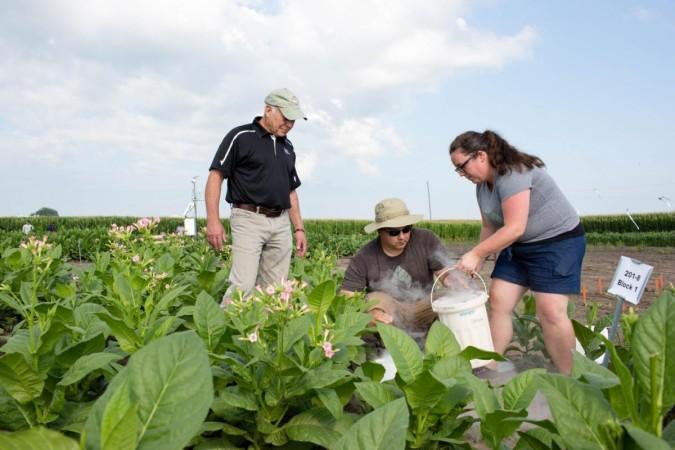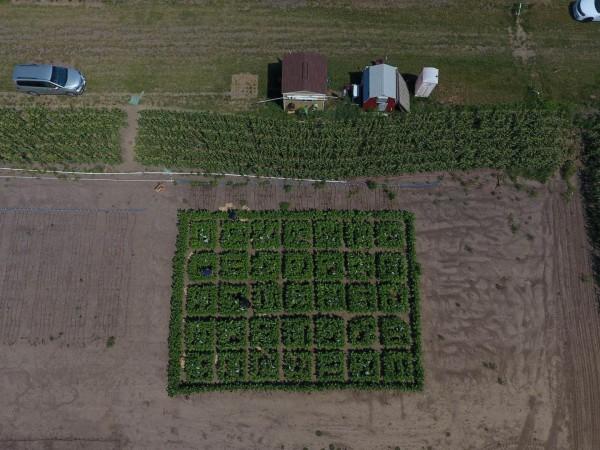
Since photosynthesis or the ability of plants to convert sunlight into energy is the key behind crop yield, those plagued by a photosynthetic glitch are treated with an expensive photorespiration process but it is often attributed to suppressing the yield potential.
Researchers from the University of Illinois have engineered crops with a photorespiratory shortcut that could make it 40 percent more productive. Upbeat over its impact on catering the buoyant world population in the decades to come, principal investigator Donald Ort said, "We could feed up to 200 million additional people with the calories lost to photorespiration in the Midwestern U.S. each year."
Photorespiration, that takes place in three compartments in the plant cell, was reengineered by scientists rerouting the process, shortening the path and saving energy that can boost plant growth by 40 percent. Test in real-world agronomic conditions, the results are there to see and realize in a decade from now, said scientists.

Replacing the circuitous native pathway, they were able to optimize the new routes by designing new genetic constructs using different sets of promoters and genes. They tested it in 1,700 plants for two years. It was found that these re-engineered plants developed faster, grew taller, and produced about 40 percent more biomass, most of which was found in 50-percent-larger stems.
The team tested their hypotheses in tobacco, which is easier to modify and test than food crops, as it develops a leaf canopy that can be tested in the field. Currently, the team is testing it on soybean, cowpea, rice, potato, tomato, and eggplant.
Photosynthesis uses the enzyme Rubisco, the most abundant protein to change sunlight energy in to carbon dioxide and water into sugars to help plant growth. But for over a millennia, Rubisco has become a victim of its own creation -- an oxygen-rich atmosphere, where it is unable to distinguish between the two molecules, thus grabbing oxygen 20% of the time, instead of carbon dioxide.
In turn, it results in a plant-toxic compound that necessitates recycling via photorespiration, or using additional energy. When it gets hotter, Rubisco has even more trouble picking out carbon dioxide from oxygen, that results in more photorespiration.

"Much like the Panama Canal was a feat of engineering that increased the efficiency of trade, these photorespiratory shortcuts are a feat of plant engineering that prove a unique means to greatly increase the efficiency of photosynthesis," said Stephen Long, another professor Crop Sciences and Plant Biology at Illinois.
The findings have been published in the journal Science.
What other experts say?
However, the impact is still far away from application, said Dr. Naresh Kumar Soora, Principal Scientist at Indian Agricultural Research Institute in New Delhi, who has done some pioneering resarch in this regard. Referring to tobacco, he said, "The C3 plants with low or minimal photorespiration have produced significantly high biomass in field conditions as reported. In fact, scientists at International Rice Research Institute (IRRI) have tried to convert the C3 rice to C4 rice since last 35 years with limited success at field level though lab level success is very encouraging."
Explaining it further, he said, "C3 plants have photorepsiration as a defence mechanism against high light intensities and also conditions such as drought. So, how far these modifications will help in enhancing crop yield in stress conditions or low input consditions is yet to be seen. But it is one step ahed in providing high photosynthetic efficient C3 plants. Hoever, a long way to go before we realize the benifits in farmers fields."

















